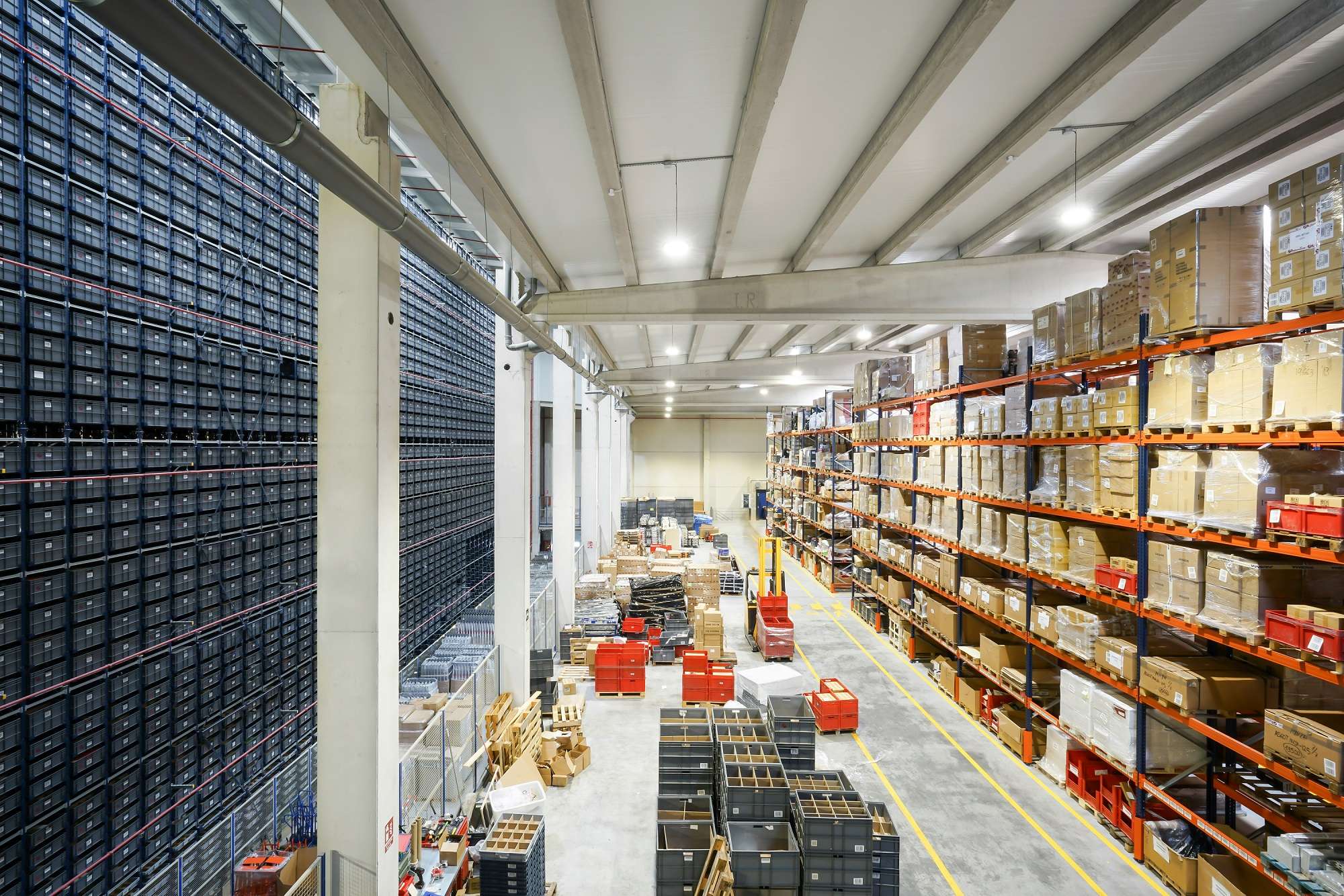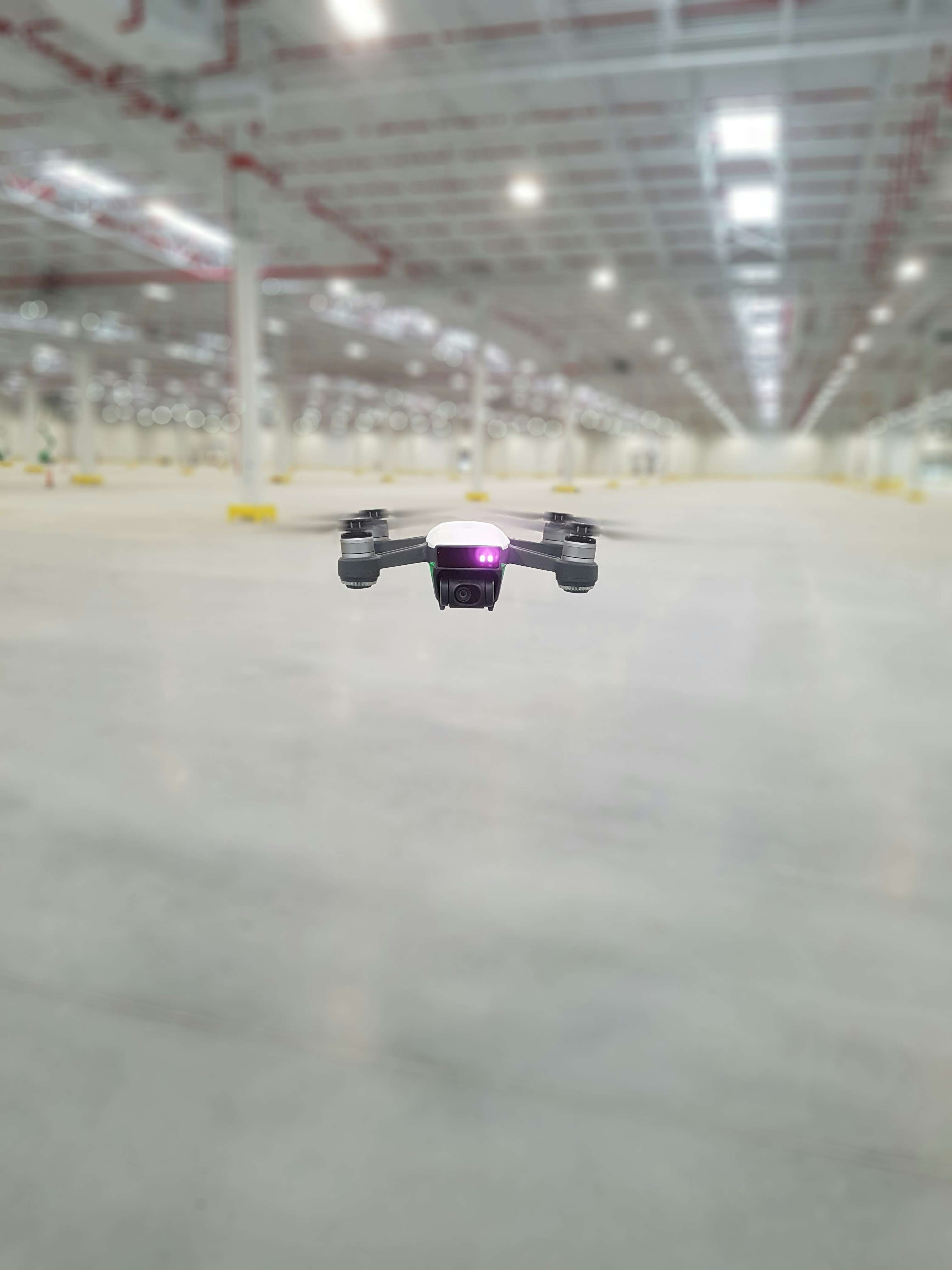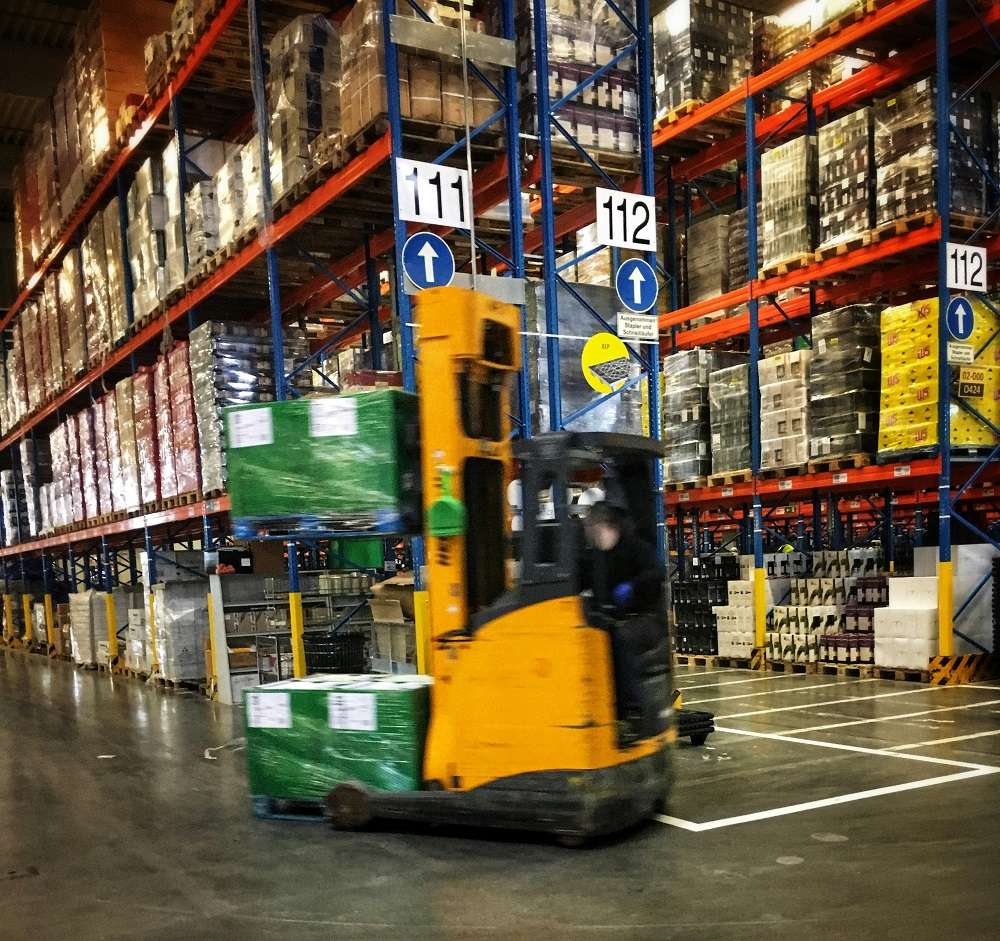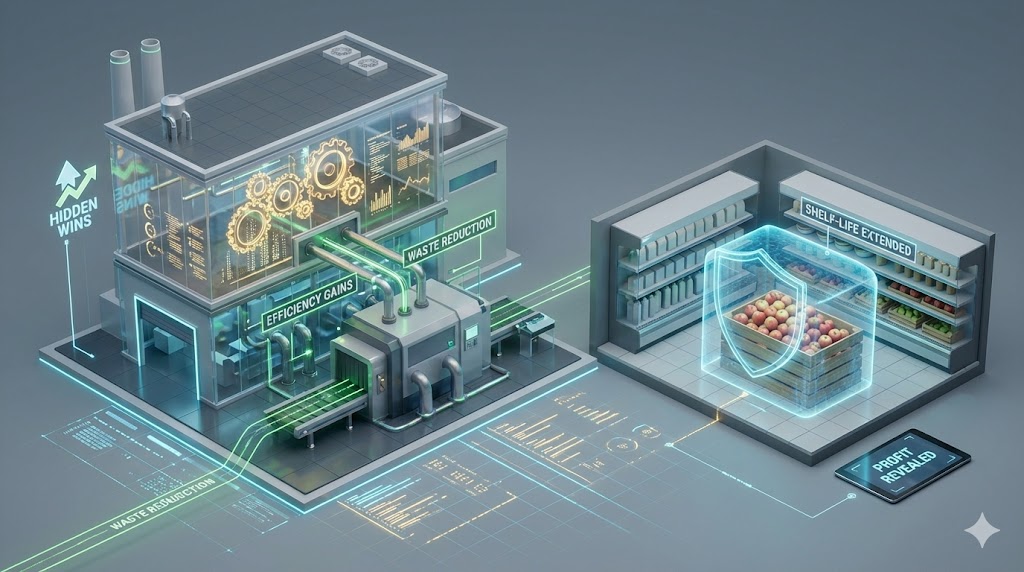- 29 January 2024
- No Comment
- 851
7 Innovative Technologies to Counter Warehouse Challenges

The landscape of warehousing is undergoing a remarkable transformation, spurred in part by the global disruption caused by the COVID-19 pandemic. With a shift from traditional brick-and-mortar stores to the dominance of e-commerce platforms, there’s an unprecedented surge in the demand for effective warehousing solutions.
Adding to the challenge is the escalating wages for warehouse workers, a consequence of the skilled labor shortage that predates the pandemic. These dynamics are compelling the industry to embrace new and innovative technologies to optimize warehouse operations.
Hi, I’m Nabeel Shaikh, a seasoned chartered accountant and entrepreneur. Let’s delve into the world of groundbreaking warehouse technologies that can propel businesses to new heights.
Collaborative Mobile Robots
Imagine a synergy between humans and robots that boosts productivity by a staggering 85% compared to either working alone. That’s the power of collaborative mobile robots.
These intelligent automation solutions are designed to complement human efforts seamlessly.
The beauty of these robots lies in their easy implementation and integration into existing warehouse setups.
There is no need for expensive and time-consuming overhauls; these robots effortlessly blend into the existing framework. What’s more, the cost factor becomes a friend, as their flexibility allows for renting additional units to meet demand spikes and returning them when things normalize.
It’s a game-changer in efficiency and cost-effectiveness.
Challenge: While collaborative mobile robots promise increased productivity, warehouse operators may face challenges in seamlessly integrating these technologies with the existing workforce.
Overcoming potential resistance to change and ensuring proper training are crucial aspects.
Electronic Data Interchange (EDI)
In the realm of modern warehouses, Electronic Data Interchange (EDI) emerges as a pivotal player. EDI revolves around the seamless exchange and synchronization of data between business partners and various facets within a company.
Picture it as the maestro orchestrating the automation of routine transactions based on set rules and patterns. This not only enhances efficiency but also acts as a guard against errors, reducing the need for extensive data validation.
The ripple effects of EDI extend to cost reduction in business operations, a turbocharged processing speed, and robust support for omnichannel commerce.
To illustrate, consider a scenario where a factory dynamically adjusts its production rate based on real-time stock levels in warehouses. This is the magic of EDI in action, bringing harmony and precision to the intricate dance of warehouse operations.
Challenge: The adoption of Electronic Data Interchange (EDI) for regular data transfer and synchronization can pose challenges in terms of implementation, especially for businesses unfamiliar with the technology. Ensuring smooth integration with existing systems and overcoming potential resistance to automated transactions are key considerations.
Mobile Sort Solutions
In the dynamic world of warehouses and distribution centers, the recurring choreography of sorting plays a vital role. Enter Mobile Sort Solutions – a game-changer that not only boosts productivity but also mitigates the errors often associated with manual sorting processes.
These solutions seamlessly integrate with other cutting-edge warehouse technologies, such as collaborative mobile robots. Imagine a scenario where these collaborative robots guide warehouse associates through tasks, directing them to pick batches into totes within specific picking zones.
Once all items for a batch are gathered, the collaborative robot transports the batched totes to a Mobile Sort station located at the take-off point. Here, associates efficiently sort items from totes into discrete orders.
This not only accelerates the sorting process but also enhances accuracy, setting a new standard in warehouse operations.
Challenge: Implementing mobile sort solutions involves coordinating tasks between collaborative robots and human associates. Ensuring a smooth workflow, training employees on the new system, and addressing any potential bottlenecks in the sorting process are challenges that may arise.
Automated Picking Solutions
Bid farewell to the inefficiencies and error-prone nature of manual order picking, which often grapples with error rates ranging from 1% to 3%. These errors not only disrupt operations but also lead to an upswing in customer returns.
Enter the era of Automated Picking Solutions – a remedy to eliminate errors and streamline the intricate dance of warehouse operations.
The magic lies in leveraging robotic or semi-robotic technologies that seamlessly enhance the efforts of human associates.
A reduction in walking time for warehouse order pickers, shortened picking routes, and an error-free process. These solutions seamlessly integrate with Warehouse Management Systems (WMS), ushering in a new era of improved picking and packing accuracy.
The benefits don’t stop there. Automated picking solutions also address the issue of employee fatigue, offering a solution that is easy to learn and implement. This not only boosts employee satisfaction but also contributes to a reduction in employee turnover, ensuring a harmonious and efficient workflow within the warehouse.
Challenge: The introduction of automated picking solutions may require adjustments in the workforce. Warehouse operators need to manage the transition, address potential concerns among employees, and ensure a smooth integration of robotic or semi-robotic technologies.
RFID
In the realm of cutting-edge technologies, Radio-frequency Identification (RFID) takes center stage. This technology, utilizing electromagnetic waves, offers real-time tracking of objects, revolutionizing the landscape, especially in supply chain applications.
An RFID tag becomes the beacon, attached to a product or case, enabling meticulous monitoring through the entire lifecycle from a central database, all made possible by electromagnetic signals.
What sets RFID apart from traditional identification techniques, like barcodes, is its independence from a scanner and its ability to operate without requiring proximity or line of sight to the object.
This game-changer allows for the seamless tracking of inventory position and movement within the warehouse from a centralized location. The ripple effect is an improvement in the accuracy of operations, especially when integrated with other automated solutions such as automated picking and sorting.
RFID is not just a technology; it’s a key player in reshaping the future of warehouse management.
Challenge: While RFID technology offers real-time tracking advantages, its implementation may pose challenges in terms of integration with existing systems. Overcoming complexities in transitioning from traditional identification methods, like barcodes, and ensuring proper training for staff are key considerations.

Drones in Warehousing
The futuristic concept of drones, once confined to the realms of science fiction, has become a reality in our contemporary world.
Drones, once a novelty, have now seamlessly integrated into various applications, and their wings are expanding into the warehouse space. This experimental foray into warehouse operations has unveiled promising potential for transformative change
Drones emerge as versatile tools, serving roles in inventory management and, on occasion, even contributing to the picking of specific products within a warehouse. What’s truly groundbreaking is their adaptability to existing warehouse setups, requiring minimal modifications. This not only makes them cost-effective but also slashes the capital costs typically associated with implementing new technologies.
The warehouse of the future is not just about square footage; it’s about embracing the skies with drones as allies in efficiency and innovation.
Challenge: As drones find their way into warehouses, regulatory compliance becomes a critical challenge. Adhering to aviation and warehouse safety regulations, obtaining necessary approvals, and ensuring a seamless integration of drone technology with existing operations require careful consideration
On-Demand Warehousing
Just as Uber and Doordash revolutionized the sharing economy for consumers, a parallel concept has emerged in the realm of fulfillment – on-demand warehousing.
This ingenious idea allows companies seeking additional storage capacity to connect with parties possessing available warehouse space.
It’s akin to finding the perfect match for your warehousing needs without the hefty investment or expansion of your warehouse facility. In this scenario, it’s truly a win-win for both parties involved.
Challenge: The concept of on-demand warehousing involves coordinating with external parties.
Warehouse operators may face challenges in network coordination, ensuring smooth communication, and establishing reliable partnerships to efficiently meet fluctuating storage demands.
The rapid evolution of technology is reshaping the very fabric of how warehouses operate.
By incorporating proven technologies and embracing new innovations, warehouse operations are not just keeping pace; they are propelling themselves forward, enhancing cost-efficiency, accuracy, and flexibility simultaneously.
It’s a dynamic shift that opens doors to a future where adaptability and efficiency define the success of warehouse operations.


